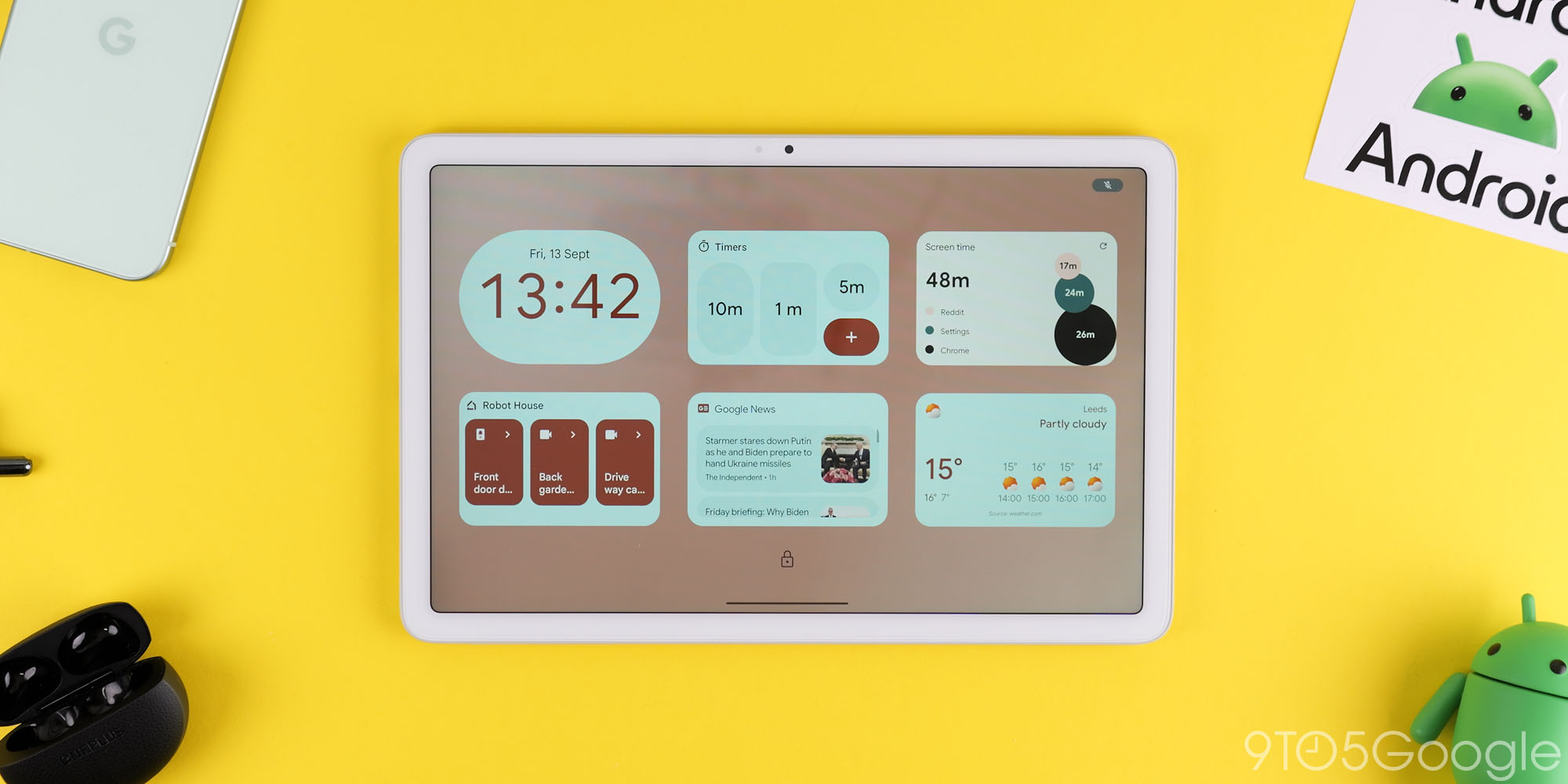
Google is expanding its widget ecosystem to a prominent new location: the lock screen of Android phones. This move, slated to arrive with Android 16 QPR1, marks a significant step in enhancing the functionality and personalization options available to users directly from their device’s most immediate interface. The company officially announced this development during its ongoing widget week for developers, signaling a broader commitment to widgets as a key element of the Android experience.
The expansion builds upon the earlier introduction of lock screen widgets on the Pixel Tablet, which debuted with Android 15 QPR1 in December. Now, Google is bringing this capability to a wider audience, making it available in the Android Open Source Project (AOSP) for both tablets and mobile devices. The key takeaway is that after the initial release of Android 16, lock screen widgets will be a standard feature available for manufacturers to incorporate into their devices.
According to Google, the AOSP update is expected to be pushed out in late summer 2025, positioning the release around September. This timeline aligns with Google’s previous comments describing the release as "25Q3" and categorizing it as a "Features only" update. This implies that the initial rollout will primarily focus on enabling the core lock screen widget functionality without introducing new developer APIs or extensive feature additions. Further enhancements and developer-focused updates are anticipated in the subsequent release, Android 16 QPR2 (or 25Q4), which is expected to include new APIs and features designed to further empower developers in creating sophisticated lock screen widget experiences.
While the availability in AOSP paves the way for broader adoption, Google’s announcement also highlights some limitations for device manufacturers (OEMs) in the initial release. Specifically, Google stated that "Customization of the lock screen widget user interface by OEMs is not supported in the initial release." This decision suggests that Google intends to maintain a consistent look and feel for lock screen widgets across different Android devices, at least initially. By limiting OEM customization, Google aims to ensure a uniform user experience and prevent fragmentation in the way lock screen widgets are presented and interacted with. It’s possible that Google will open up customization options for OEMs in later releases, but for the time being, the visual appearance of lock screen widgets will be largely standardized.
In terms of widget dimensions, Google provided guidance for developers, indicating that lock screen widgets are "sized to approximately 4 cells wide by 3 cells tall on the launcher, but exact dimensions vary by device." This information is crucial for developers in designing widgets that are visually appealing and functional within the constraints of the lock screen. Recognizing the potential for variations in screen sizes and resolutions across different devices, Google recommends developers to utilize Dynamic Color and consider resizing options to ensure their widgets adapt appropriately to different contexts. Dynamic Color, a feature introduced in Android 12, allows widgets to automatically adjust their color palette based on the user’s chosen wallpaper, creating a cohesive and visually harmonious experience. Similarly, implementing resizing capabilities will enable widgets to optimally utilize the available screen space on different devices.
The technical requirements for lock screen widgets are consistent with those for regular widgets. Officially, "widgets allowed on the lock screen have the same requirements as any other widgets," Google affirmed. This means that developers who are already familiar with creating Android widgets can leverage their existing knowledge and skills to develop widgets for the lock screen. There are no new or specialized requirements in terms of code structure or functionality. Widgets must adhere to standard Android widget development practices, ensuring compatibility and stability.
In a move that prioritizes user choice and customization, Google is making all widgets available on the lock screen by default. "To prioritize user choice and customization," Google stated, "widgets allowed on the lock screen have the same requirements as any other widgets." This approach empowers users to select and place any widget they find useful or visually appealing on their lock screen, allowing for a highly personalized experience. Users can access information, control playback, or perform actions directly from their lock screen without having to unlock their device.
However, Google recognizes that not all developers may want their widgets to appear on the lock screen. To address this, Google is offering an opt-out API to developers. This API allows developers to explicitly exclude their widgets from being displayed on the lock screen. This is useful for widgets that might contain sensitive information, perform actions that should not be accessible without unlocking the device, or are simply not designed to be used on the lock screen. This opt-out mechanism gives developers granular control over the placement of their widgets and helps to ensure user privacy and security.
The introduction of lock screen widgets in Android 16 QPR1 represents a significant step in the evolution of the Android ecosystem. It enhances the functionality of the lock screen, making it more than just a barrier to entry but a dynamic and customizable interface. By empowering users to personalize their lock screens with widgets that provide relevant information and control, Google is striving to create a more seamless and convenient user experience. While the initial release might have some limitations in terms of OEM customization, the foundation is being laid for a robust and versatile lock screen widget ecosystem that is expected to evolve and expand in future Android releases. The move also signals Google’s continued commitment to widgets as a central element of the Android experience and encourages developers to embrace widgets as a powerful tool for engaging with users. The late summer 2025 release timeframe gives developers ample time to prepare their widgets for the lock screen and explore the new possibilities that this feature unlocks.
